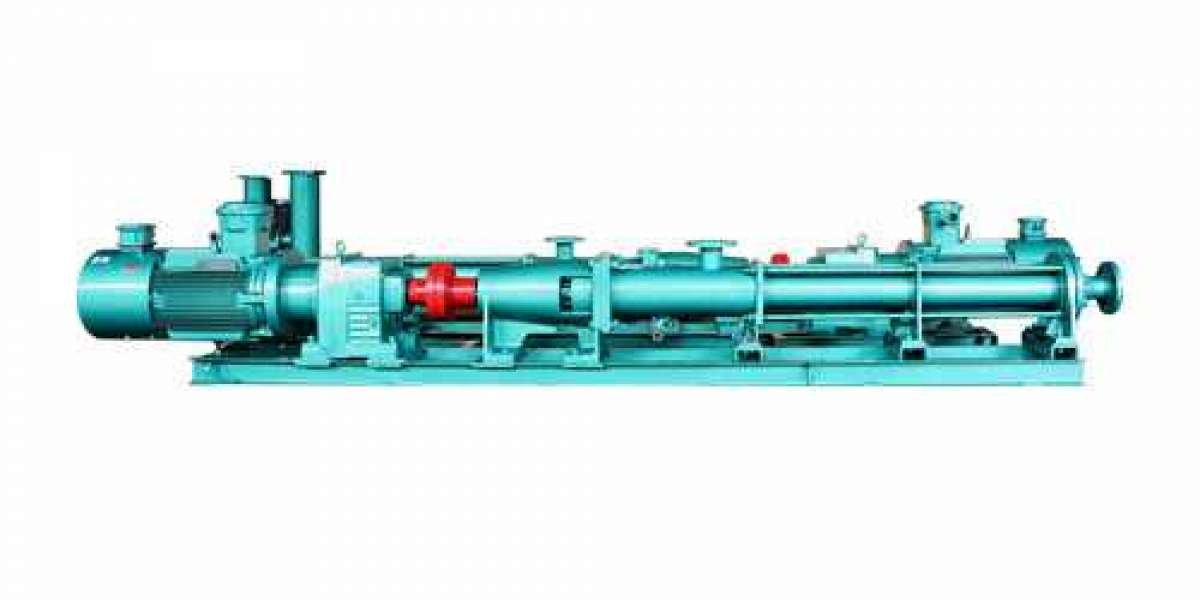Stators will usually wear out initially. Change the blades for every single two stators replaced on a pump.
Made use of stators can often be turned around (flipped end for end) and recycled.
Examine the instruction manual for how to measure wear on the blades and also what the limits are. Examine wear at the correct periods and you can conserve the price of brand-new blades.
, if rotor wear is caught before the chrome plating is eliminated they can be re-chromed.
Rotors worn past the chrome plating requirement to be replaced.
It is uncommon for the blades to be bent.
Stators that are matched, gouged, or used have to be replaced.
When installing the rotors into the stators to preclude an elastomer strike and the resulting swelling, utilize a non-petroleum-based lube. Castor oil is low-cost as well as works excellent. Note: If the pump is food- or pharmaceutical-grade there might be restrictive and also unique demands for lubes, specifically touching the fluid.
Do not over-torque the foot screws around the stator as this can put the pump in a bind.
Flush item out of the pump while it is still in a position to enable easier as well as cleaner maintenance. Cover the suction as well as discharge flanges/opening to shut out international things. Make notes of links and orientations. Images are useful devices in this case.
Stators are like merlot, you require to secure them in storage if you intend to maintain them in appropriate condition. Heat and also humidity is an adversary of rubber stators. UV light, as well as ozone, are like kryptonite to the elastomer materials as well as will certainly damage the stators. To reduce direct exposure, area protective caps on completions of the stators. If your extra stators are older than three to five years you can expect some damage in high quality and consequently functional life.
Purchase your spare as well as substitute rotors and stators from the very same maker. Each manufacturer has different specs, measurements, and also tolerances that are ever so mild, however, it will certainly make a big distinction when running in the system. A rotor from one source might not execute as well in a stator from a different source or vice versa.
For even more Common Pumping Mistakes columns, go here to progressive cavity pump.
Benefits:
Great for solids dealing with and can likewise take care of air-entrained, multiphase, and unpleasant fluids
A superb selection for high viscosity applications
The deal low net positive suction head needed
Excellent self-primer pump
Do not vapor lock
Offer high precision as a metering pump
A given size/model of pump installation will certainly deal with a vast array of thicknesses effectively
Relatively easy to fix instructions/ bi-directionally. The pump can be run in either instruction, and the suction comes to be the discharge and also vice versa
Can be run vertically
Quiet procedure
Negative aspects
As a result of the disturbance fit in between the stator as well as blades, a liquid film is required to lubricate the moving (speaking to) surfaces. Running the pump dry is by far the greatest reason these pumps fail.
The reduced speed likewise needs VFD (variable frequency drives) as well as or equipment reducers that include in the cost of the installation. (These pumps are terrific at self-priming, however, the rotor-stator fit has to be lubricated in the process.).
The low speed likewise translates to reduced flow, which can be a negative aspect in several applications.
The circulation price and also power required to get the fluids to the pump will call for technical evaluation. With very thick liquids there is a pump rate over which the liquid will certainly not stream fast sufficient into the pump. When this takes place, the volumetric performance of the pump is compromised. The supplier can aid in identifying the rate limitations for a given liquid as well as viscosity.
Possible high startup torques can call for chauffeurs (motors) to be larger than would or else be called for. The running horsepower might only be half of the required start-up horsepower.
Can just pump a restricted distance. Usually, the range from one foot of discharge piping to one PSI of stress is established. For longer distances consult with your manufacturer.
Reduced thickness fluids tend to slip by the blades to stator fits and the pump will be less reliable.
Note: If the pump is food- or pharmaceutical-grade there may be special and limiting demands for lubricants, specifically in call with the liquid.
Flush product out of the pump while it is still in place to enable less complicated and also cleaner upkeep. The circulation rate and also energy called for to obtain the fluids to the pump will call for technical review. With extremely viscous fluids there is a pump speed over which the liquid will not stream quickly sufficient into the pump. When this happens, the volumetric effect of the pump is compromised.



